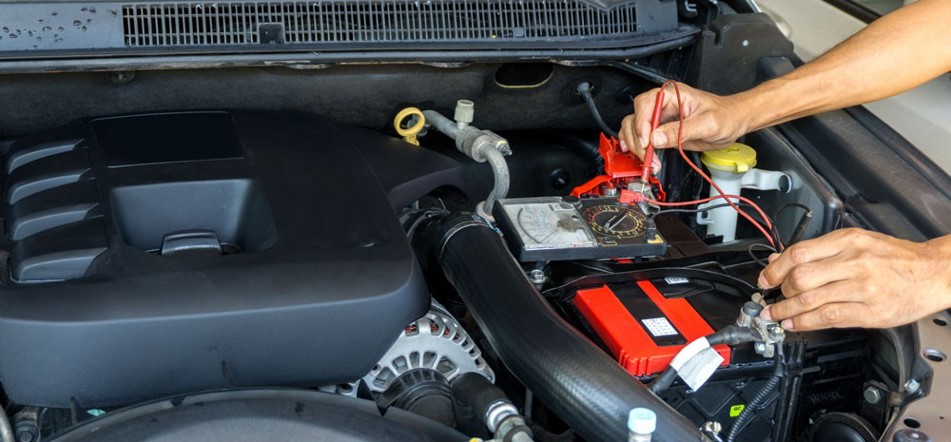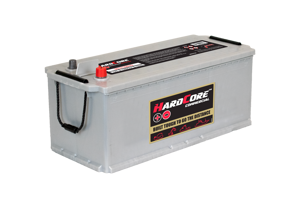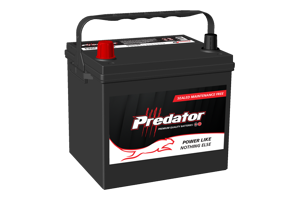Top Reasons for Premature Car Battery Failure
The leading causes of flat or dead batteries.
Your battery is the lifeblood of your car, truck, boat and bus. The battery is responsible for powering mechanical and electrical components responsible for your vehicles overall performance. Without a healthy battery, your engine may not start and electrical accessories might not function adequately, if at all.
A batteries lifespan varies depending on several factors including how often it’s used, the overall condition of your vehicle, battery quality and the battery’s suitability to the application. The real concern is when or if you have a relatively new battery that starts showing signs of trouble.
We have outlined some of the most common issues associated with battery failure in relatively new batteries!

Too Little, Too Often
Cars are a fantastic way to get around, however, batteries can struggle when used frequently for short trips. This use can deplete the batteries level of charge. Cranking the engine to start your car draws hundreds of amps from your battery. Once the engine is running the alternator begins charging the battery. Car batteries accept charge at a relatively slow rate, so you may need to drive for some time to fully recharge/ replace the power used to start the engine.
Frequent stop-starts or short trips could be stopping your vehicle before the alternator has had a chance to recharge the battery. This can result in a drained battery which is similar to a drained fuel tank – it’s not necessarily a faulty but won’t work until you top it up again.
Too Hot, Too Cold
Whether it’s too hot or too cold, your battery can struggle in extreme temperatures. Car batteries are happiest operating at a range between 30 degrees Celsius.
In cold conditions engines require more cranking power, at the same time, your battery’s cranking ability drops in line with lower temperatures increasing the likelihood of battery failure on cold, frosty mornings.
On hot days the under-bonnet temperature can be extreme, leading to loss of electrolyte (evaporation) and increased corrosion damage inside your battery. Batteries in hot regions can be expected to last about half as long compared to cooler climates.
Faulty Charging System or Starter Motor
Your car’s alternator is responsible for keeping your battery charged. When your battery is not holding sufficient charge it might be an alternator issue. If it’s output voltage is too low, you’ll end up with a flat battery or if the voltage is too high (faulty regulator) then your battery will over-charge, over-heat and eventually fail.
Starter motors, like batteries, don’t last forever. A worn or faulty starter motor will draw excessively high current from the battery, so should be attended to promptly to avoid the expense of having to replace both starter motor and battery.
Incorrect Battery Type or Size
An ever-increasing number of late-model cars are equipped with special batteries designed to work in conjunction with fuel-saving systems such as ‘Idle-Stop-Start” and computer-controlled charging systems. These high-tech batteries will usually be designated AGM, VRLA or EFB and must be replaced like-for-like to avoid premature battery failure.
Replacement batteries in all cars should meet or exceed the OE manufacturer’s recommendations.
Loose, Worn or Dirty Terminals
Battery terminals and cables must be clean, dry and tightly secured to perform at their optimum.
If you can twist or turn the terminal on the battery post, then it’s too loose, this increases the risk of melting the battery terminal or even explosion caused by spark at the loose connection.
Corrosion on the terminals or inside the battery cables will increase resistance and prevent full power from being delivered to the starter motor. Exercise caution when removing battery terminals – some later-model cars may require a “back-up” power supply to be connected to maintain power to the vehicle’s electrical systems. Consult the owner’s manual before removing terminals for cleaning.



